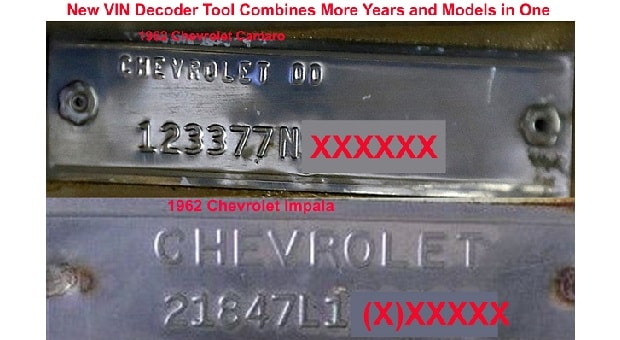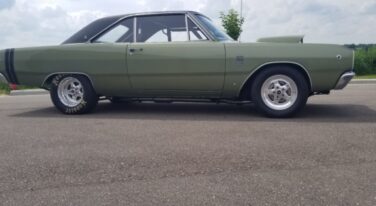
A VIN Decoder that Really Decodes
Click Here to Begin Slideshow
Image by Enilda Aguilar
Together with Spork Marketing, H&H Classic Parts has created what they claim is the best online VIN decoding tool for many classic Chevy models. There aren’t many tools readily available online that will give highly detailed information about the production of an individual vehicle. Information on early model Chevy muscle cars is spotty at best. The new VIN decoder was tested with a handful of cars.
Image by Enilda Aguilar
Together with Spork Marketing, H&H Classic Parts has created what they claim is the best online VIN decoding tool for many classic Chevy models. There aren’t many tools readily available online that will give highly detailed information about the production of an individual vehicle. Information on early model Chevy muscle cars is spotty at best. The new VIN decoder was tested with a handful of cars.


![[Gallery] Okolona Street Rods Kentuckiana V Foundation Car Show](https://www.racingjunk.com/news/wp-content/uploads/2022/04/IMG_0774-e1650040587750-376x206.jpg)
![[Gallery] Road Rats Car Show](https://www.racingjunk.com/news/wp-content/uploads/2022/05/2A-e1651770667920-376x206.jpg)


Great article!
By the way, “Leeds Assembly” was the name of GM’s Kansas City plant. The tool is correct. 🙂
Thank you sir.
Update included to reflect the new information you gave.